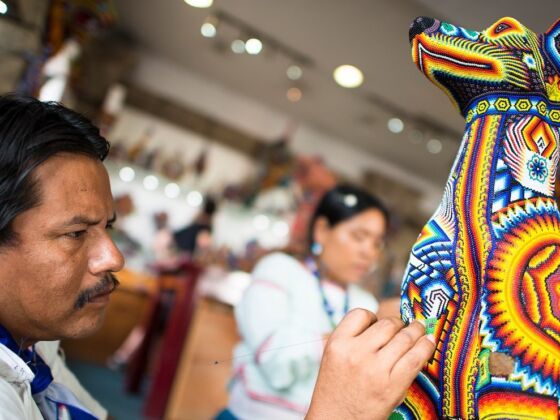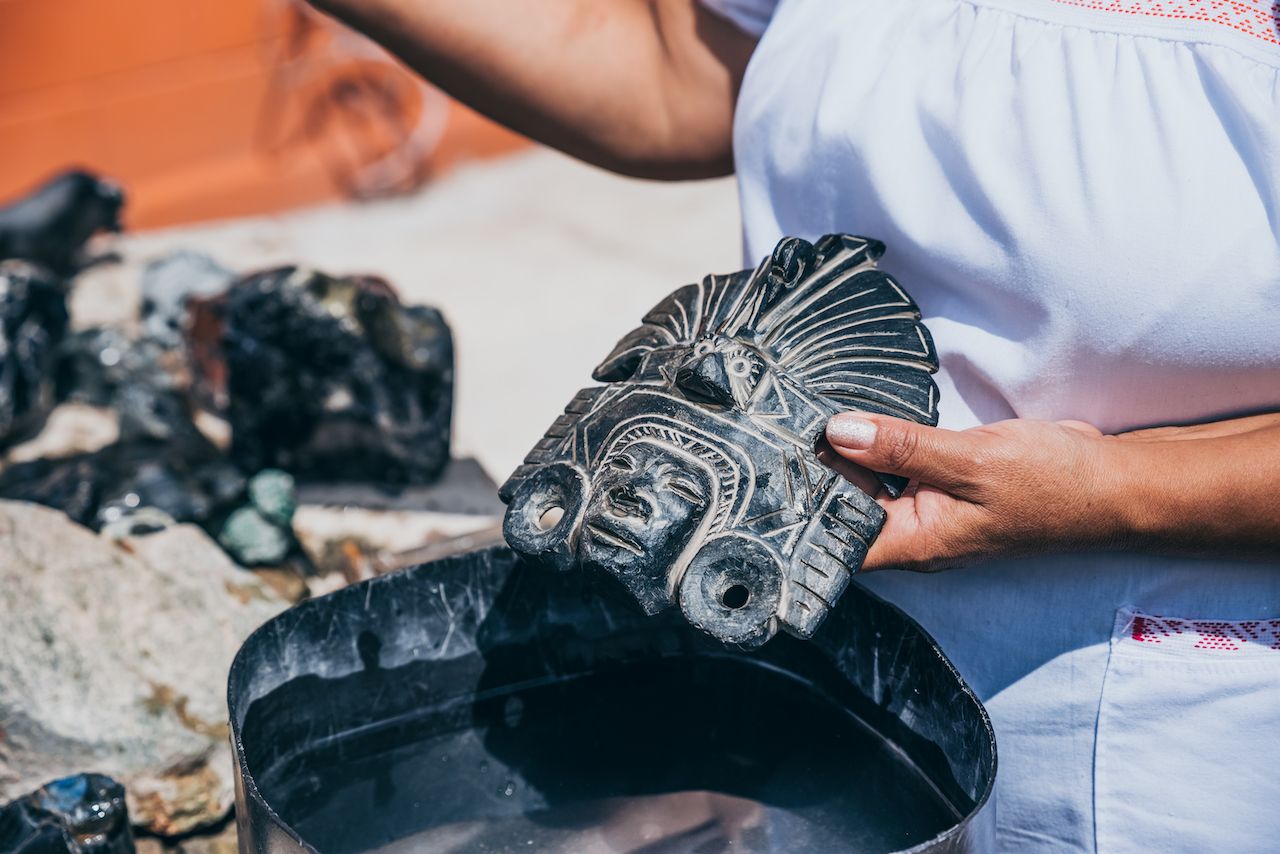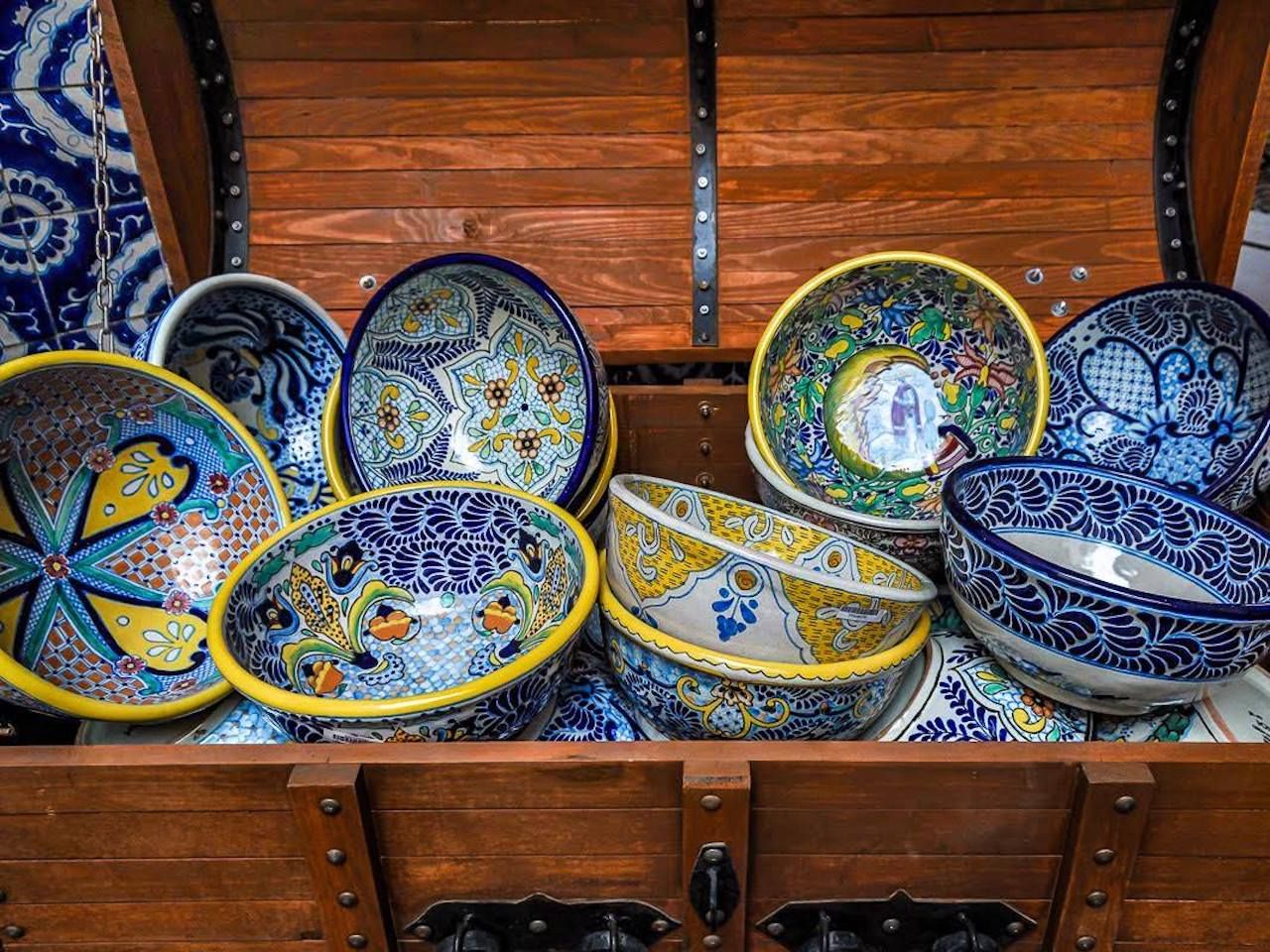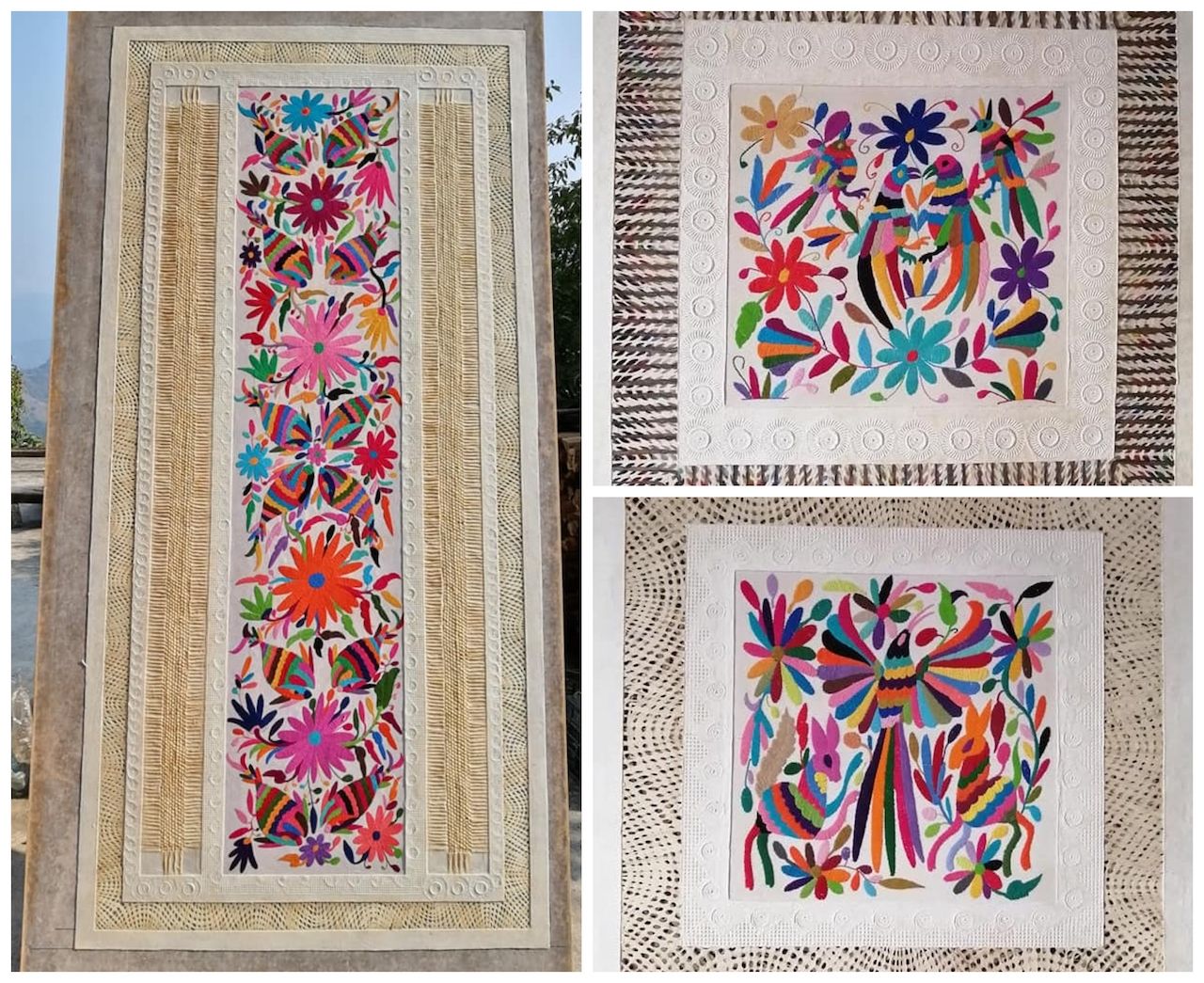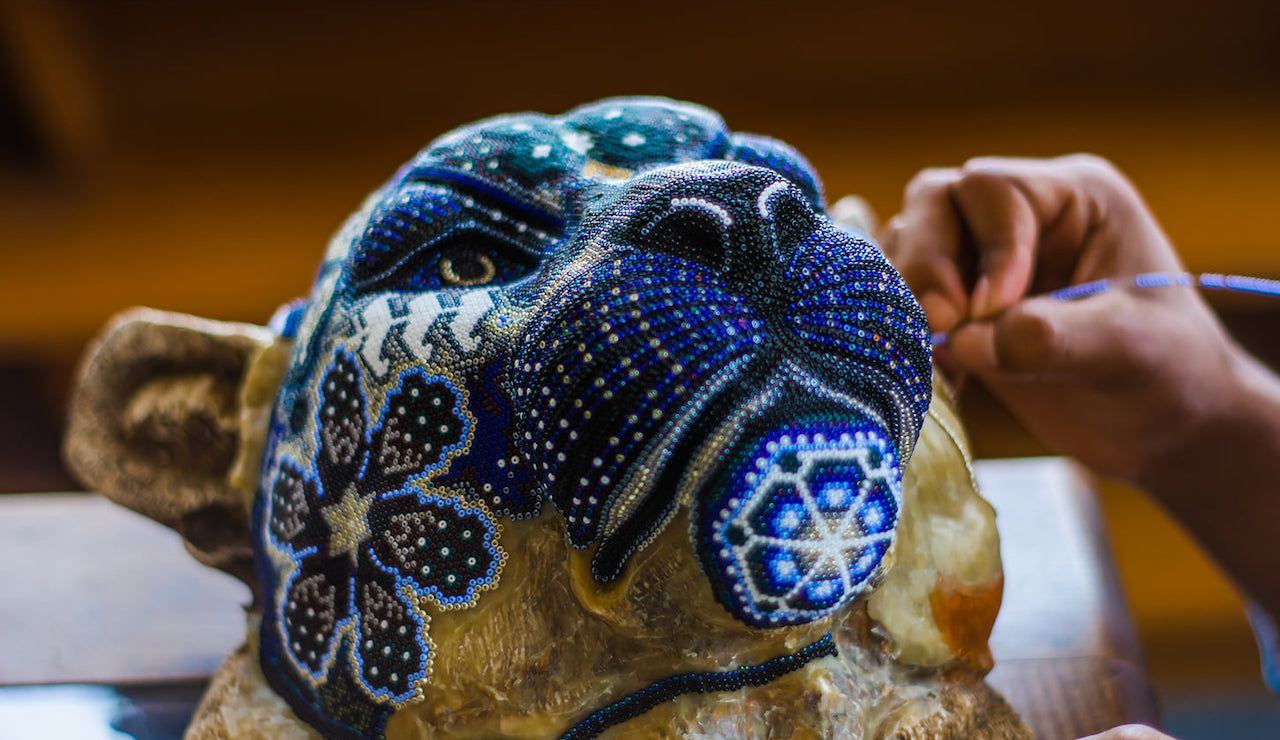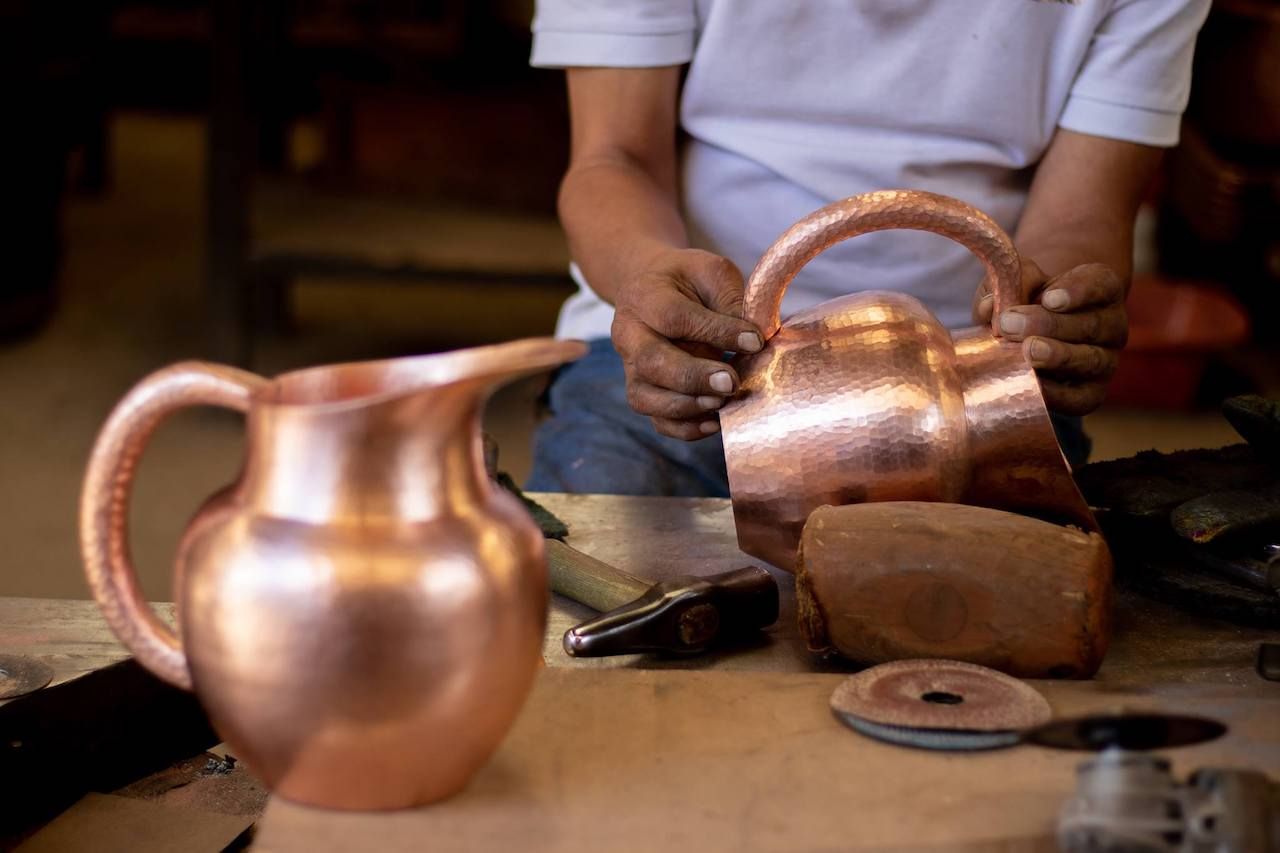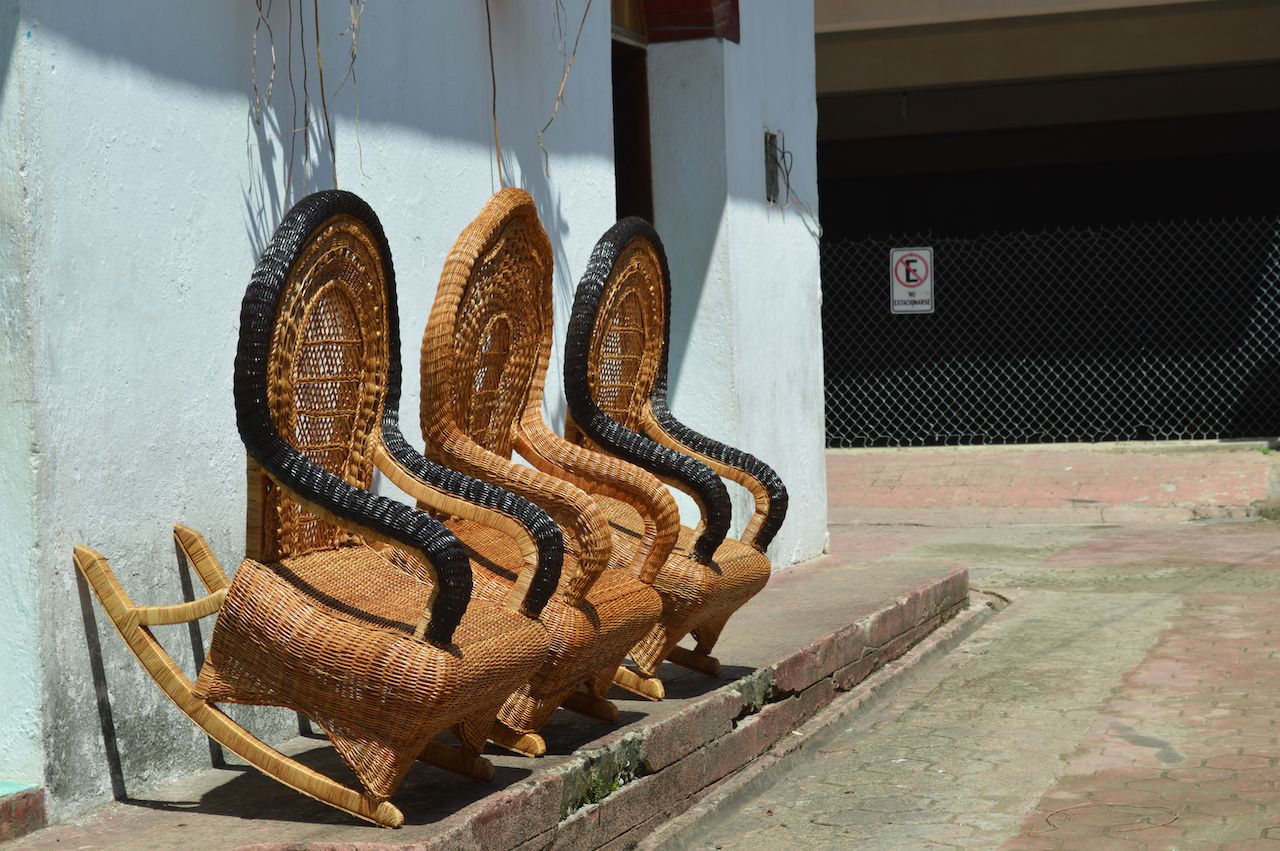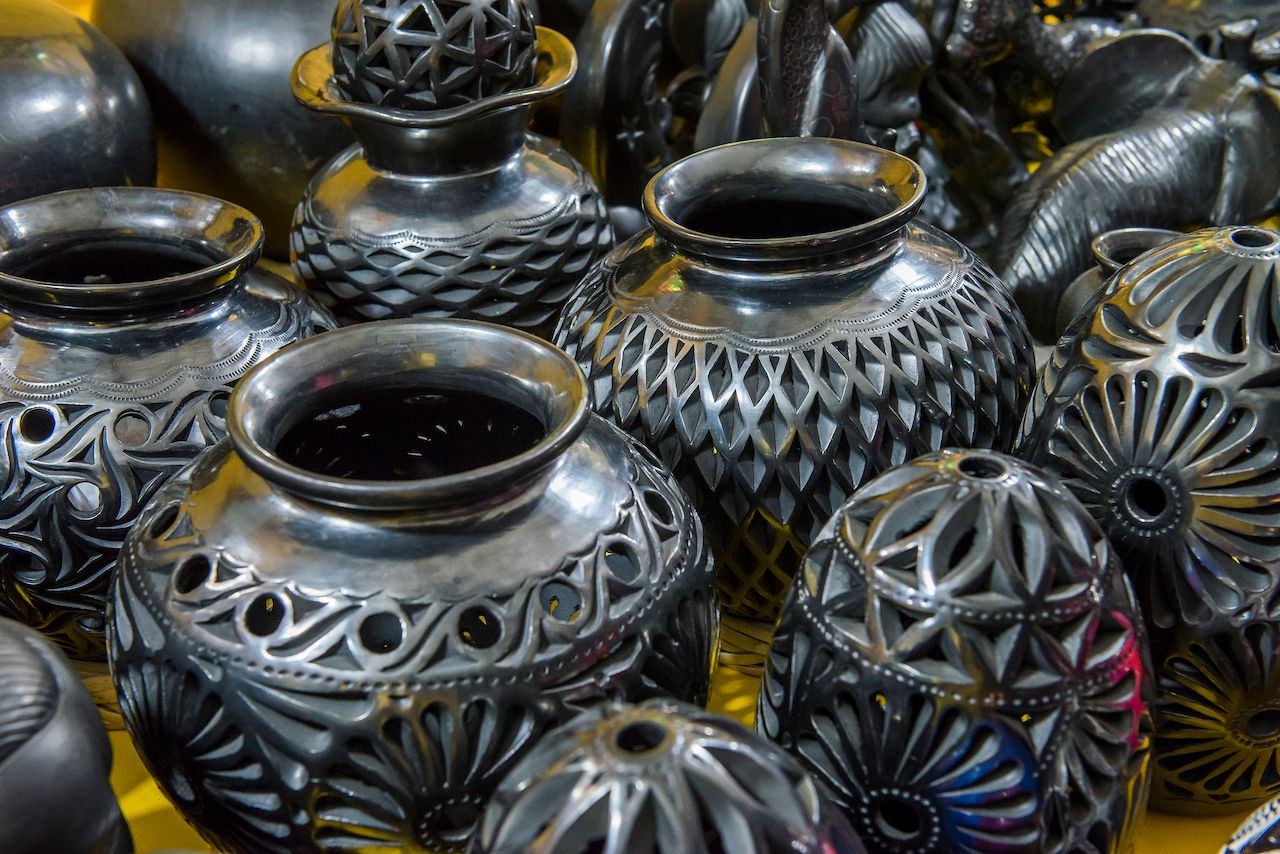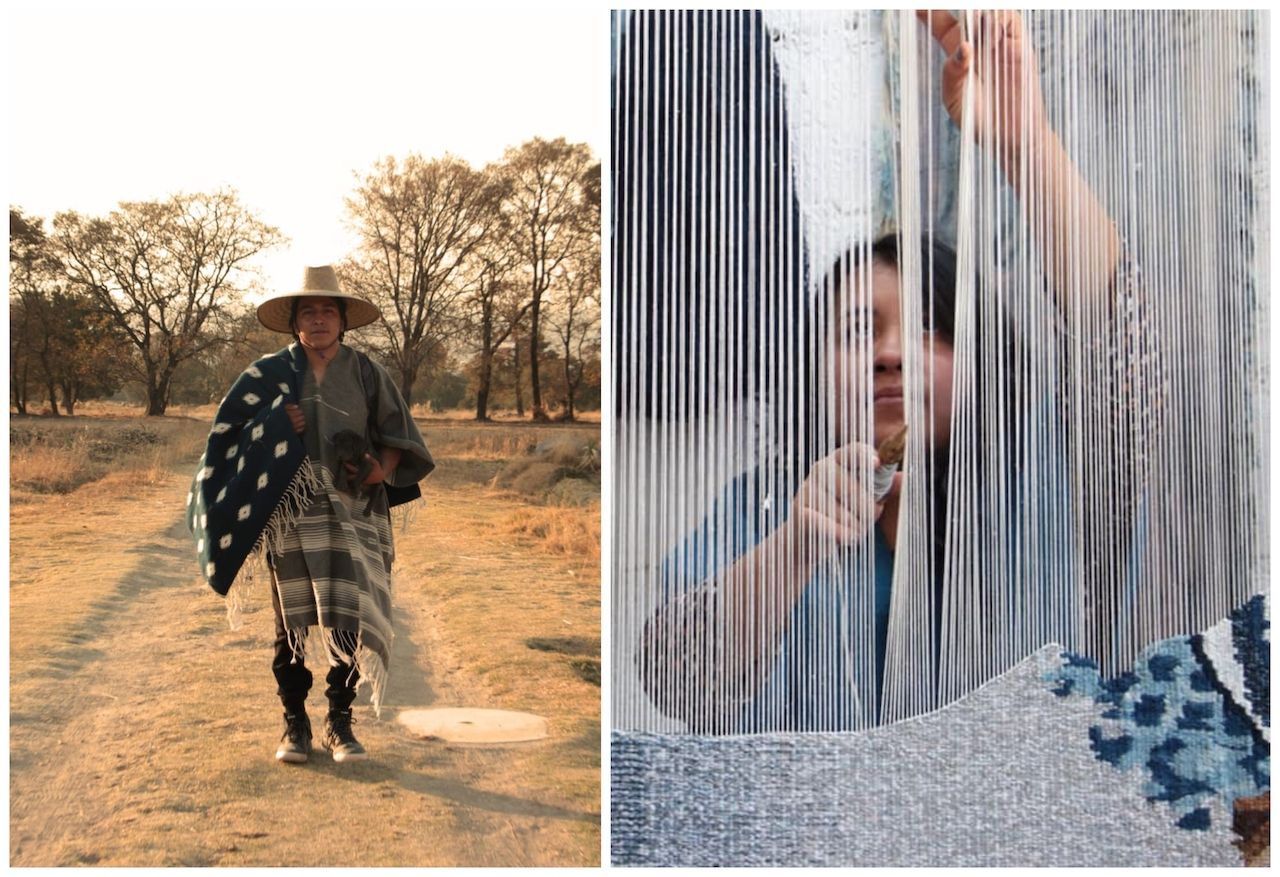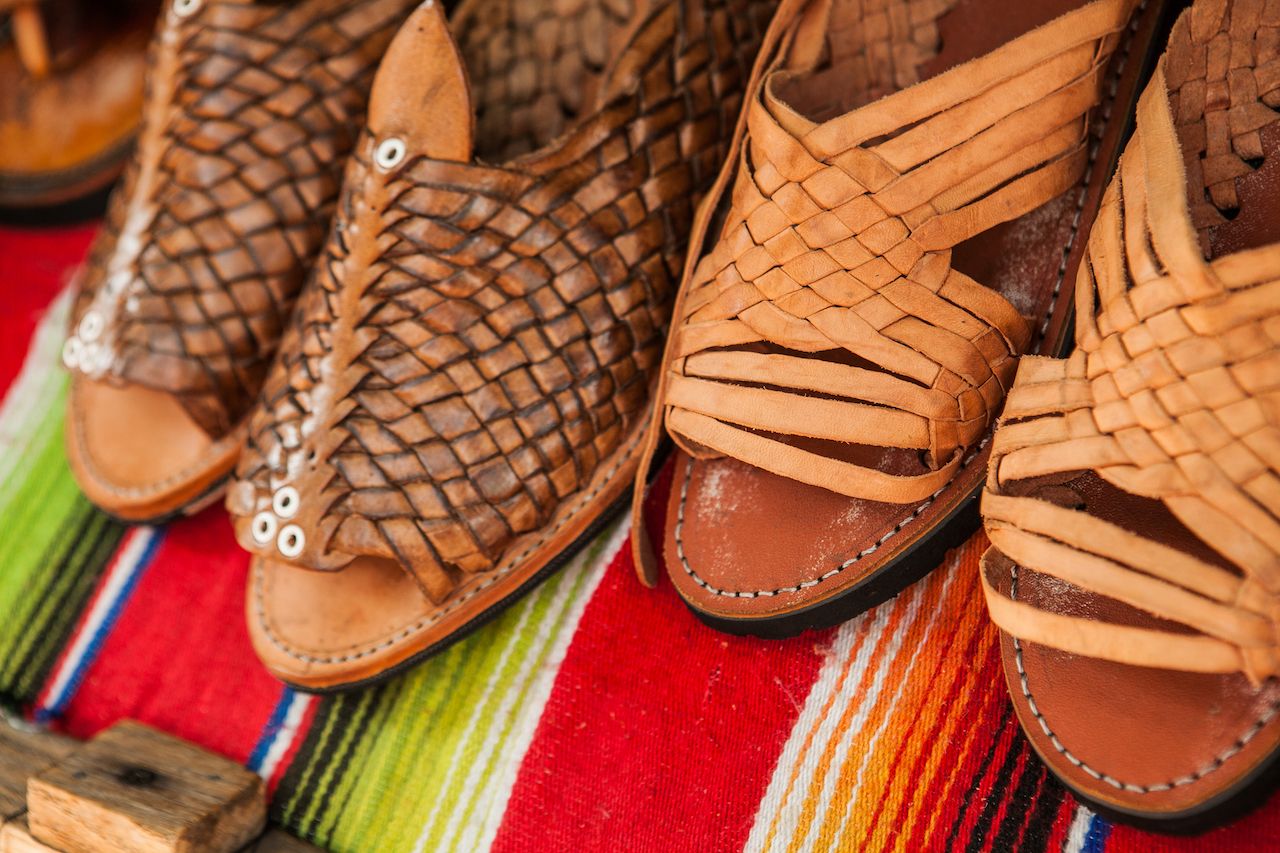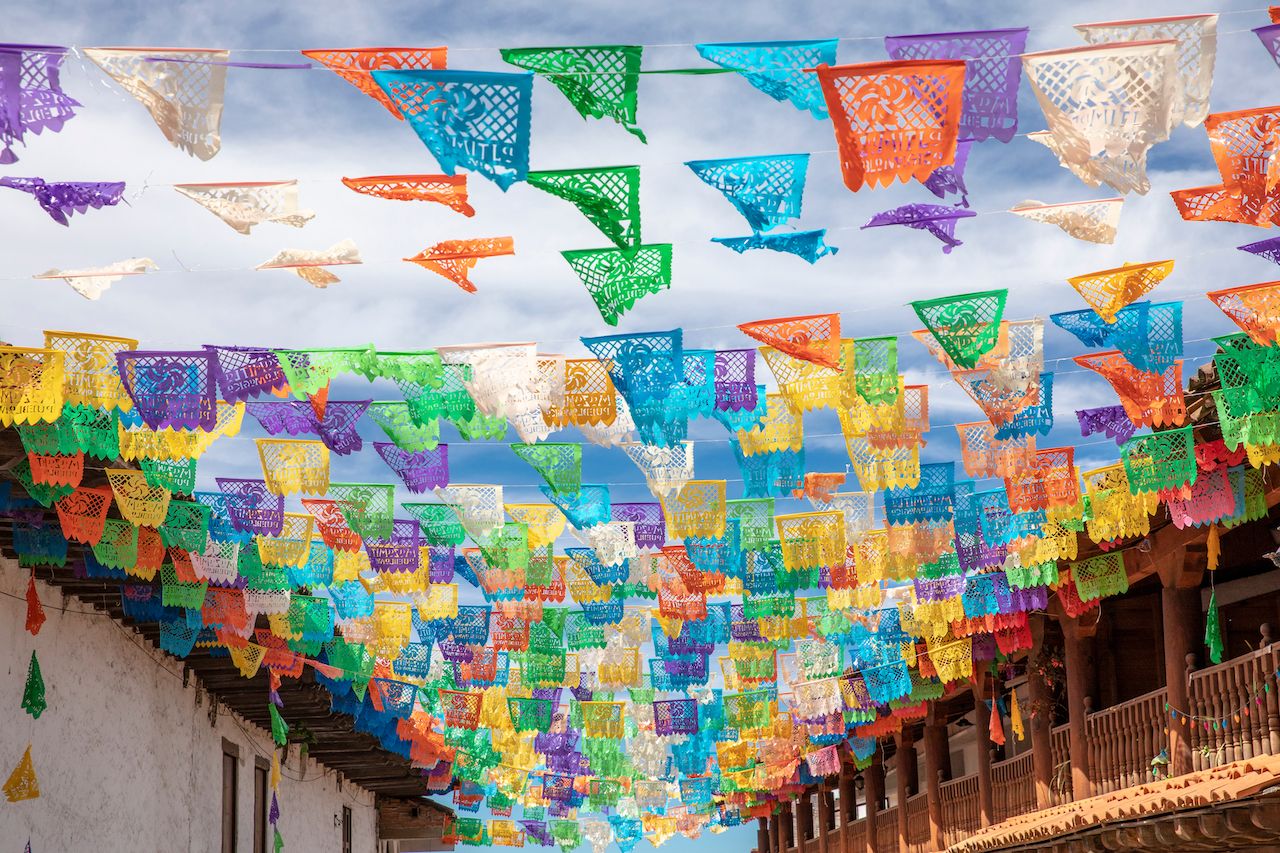Walk down the main street of any tourist destination in Mexico, and you will be overwhelmed by tchotchke shops. Key chains, shot glasses, and t-shirts bearing silly and often crude expressions are everywhere you look, with the tenderos (shopkeepers) eagerly beckoning you to come inside and get yourself souvenirs from Mexico.
Though tempting, we urge you to resist: Mexico is teeming with incredible artisans whose works are much worthier of your dollars than anything you’ll find in a discount bin.
